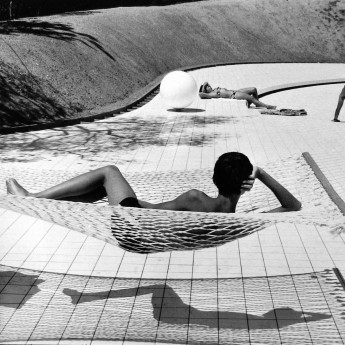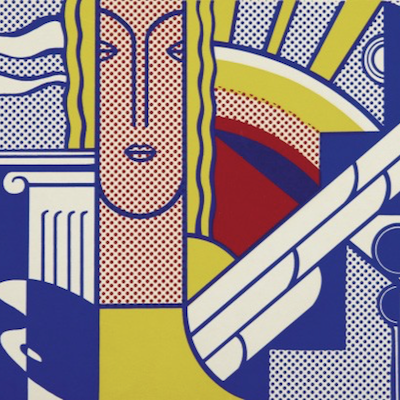
Details
Artist
Styles
Mixed media on cardboard // Antonio Saura's El perro de Goya II (1988) is a mixed media work on cardboard, drawing inspiration from Francisco Goya's famous painting The Dog from his Black Paintings series. Saura reinterprets the original with his own gestural and abstract style, rendering the figure of the dog in a fragmented, almost chaotic form. The composition features dynamic, expressive black lines outlining the figure, with bold, flattened shapes in earthy tones set against a stark black lower half and a muted gray background. Saura's rough, spontaneous marks reflect his interest in conveying raw emotion and psychological depth, evoking a sense of isolation and despair, themes central to both Goya’s and Saura’s works.
El perro de Goya II, 1988
form
Medium
Size
23 x 32.5 cm
- Inches
- Centimeters
Edition
Price
Details
Artist
Styles
Mixed media on cardboard // Antonio Saura's El perro de Goya II (1988) is a mixed media work on cardboard, drawing inspiration from Francisco Goya's famous painting The Dog from his Black Paintings series. Saura reinterprets the original with his own gestural and abstract style, rendering the figure of the dog in a fragmented, almost chaotic form. The composition features dynamic, expressive black lines outlining the figure, with bold, flattened shapes in earthy tones set against a stark black lower half and a muted gray background. Saura's rough, spontaneous marks reflect his interest in conveying raw emotion and psychological depth, evoking a sense of isolation and despair, themes central to both Goya’s and Saura’s works.
- Recently Added
- Price (low-high )
- Price (high-low )
- Year (low-high )
- Year (high-low )
Antonio Saura
Serie Abierta (Vibrant Eyes And Abstract Shapes, 1989
Limited Edition Print
Lithograph
EUR 2,950
Antonio Saura
Doña Jerónima De La Fuente (Velázquez), 1991
Limited Edition Print
Lithograph
EUR 1,880
What is late modernism?
Late Modernism refers to the continuation and evolution of Modernist principles in art, architecture, and literature from the mid-20th century into the late 20th century. This movement maintains a focus on form, abstraction, and the rejection of traditional styles, but it often incorporates more complexity and ambiguity compared to early Modernism. Late Modernism explores themes such as alienation, identity, and the fragmentation of reality, reflecting the social and cultural shifts of the post-war period. It is seen in the works of architects like Louis Kahn and artists like Francis Bacon, who pushed the boundaries of Modernism while responding to the changing world around them.






































